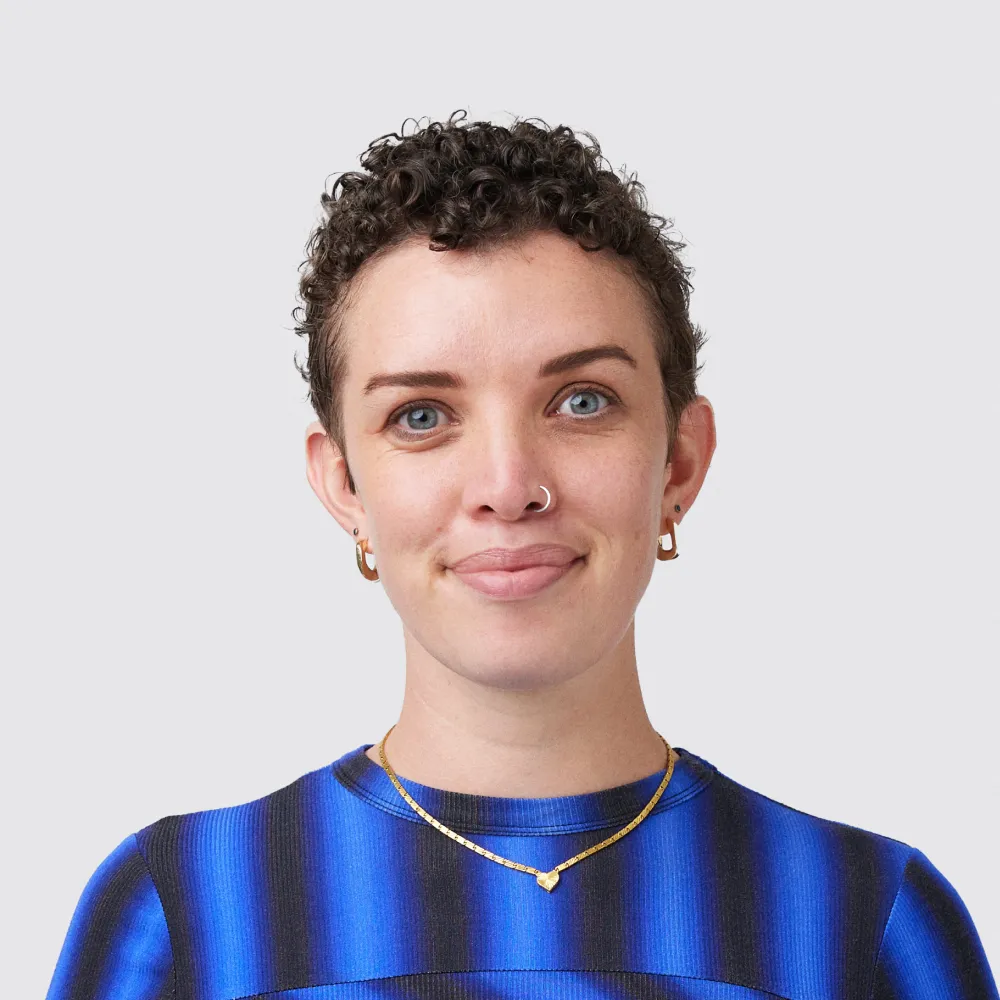After a year where online learning has skyrocketed, Liviana Baldino, Senior Producer at Today, took a moment to chat with Simon Green, Programs Coordinator at Youth Disability Advocacy Service (YDAS), about the accessibility of co-design for people with disabilities.
Last year we worked together to build Map Your Future . It’s the result of a robust co-design process that leads with the theme of disability pride. It promotes asking “What would you like to do?” over “What can’t you do?"
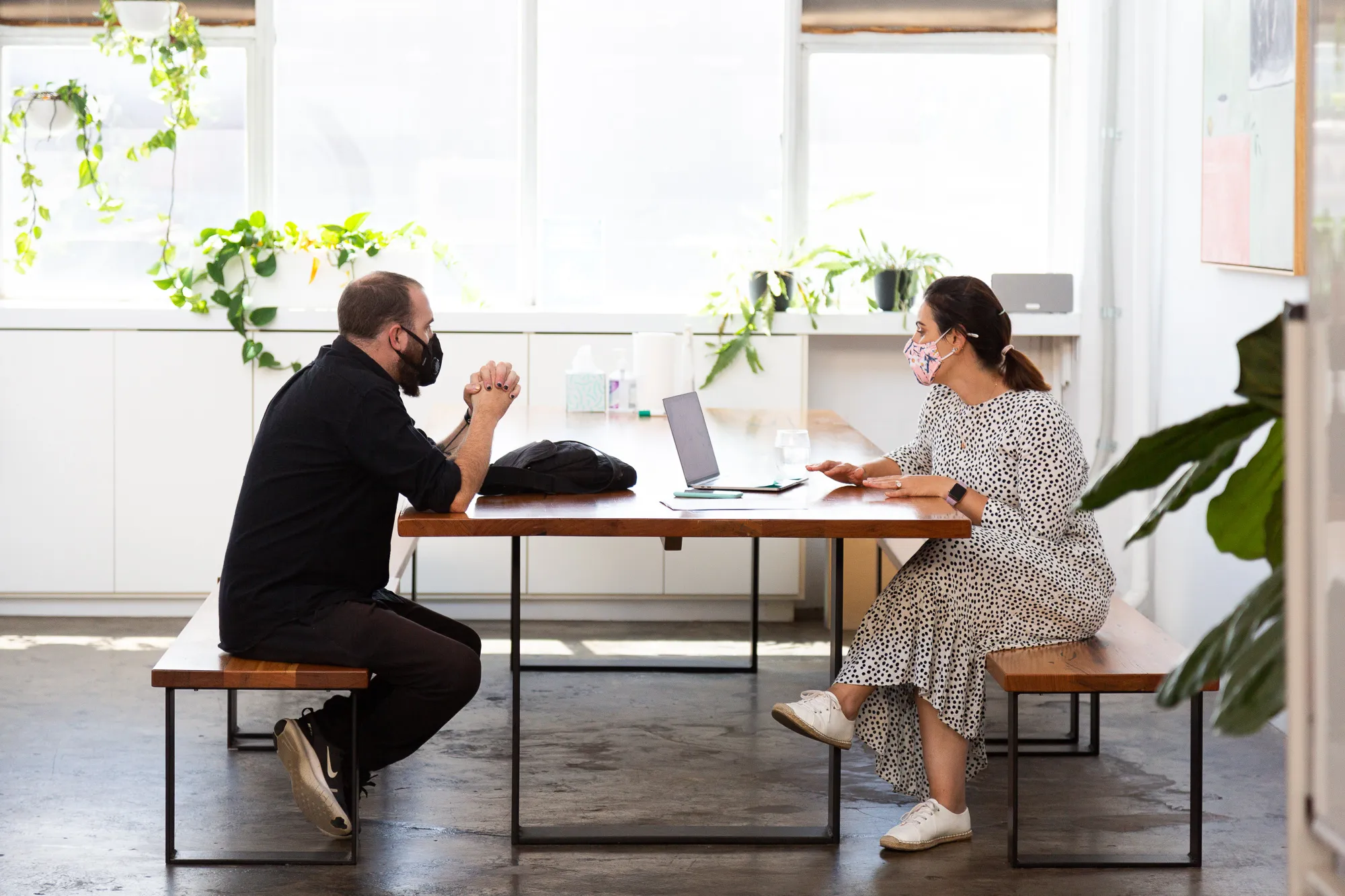
In conversation
Simon Green, Programs Coordinator at Youth Disability Advocacy Service (YDAS)
Liviana Baldino, Senior Producer at Today
Hey, Simon. Thanks for taking the time to meet with me today. Could you start by telling me a little bit about who YACVic and YDAS are, and the work that you do with young people in Victoria?
YACVic is Youth Affairs Council of Victoria, they’re the peak body in Victoria for the youth sector. The youth sector includes anyone who works with young people. Traditionally, it’s youth workers and social workers, but we see it more broadly as anyone who works with young people, including teachers and employers.
YDAS—Youth Disability Advocacy Service—is the disability service of YACVic, and that’s who I work for. We do the same thing, but we focus on disabled young people. We see disabilities very broadly as well. It’s a community that you’re a part of. You’re disabled by society. And so that includes physical disabilities, intellectual disabilities, but it also includes mental health.
We do a lot of support for young people who require individual advocacy, which is when they’ve hit some sort of barrier—usually around the NDIS, or school, or university and TAFE, or their workplace. YDAS can be the individual advocates that work with disabled young people to see the outcomes they’re after. We also run programs to build the capacity of young disabled people and work to develop the sector as well, so that all youth sector workers can be better equipped to work with disabled people.
After the past 18 months and everything that’s happened with the pandemic, have you noticed a big change in the mental health of people you are working with?
Yes. Mental health can affect people who have mental illnesses themselves, but it is very commonly associated with a variety of disabilities too. Comorbidity is common with depression and anxiety. Between COVID and the bush fires, we have had a lot of people coming and talking to us as a part of our consultancy work with young people to help influence the government. And we’ve done some work around the Mental Health Royal Commission, the Disability Royal Commission into Violence, Abuse, Neglect, and Exploitation. We’ve been working with people to not only have their say to the government about how these things impact their mental health, but also helping them be supported through any mental health issues that arise from talking about those things.
We’ve been working with people to not only have their say to the government about how these things impact their mental health, but also helping them be supported through any mental health issues that arise from talking about those things.
Simon Green
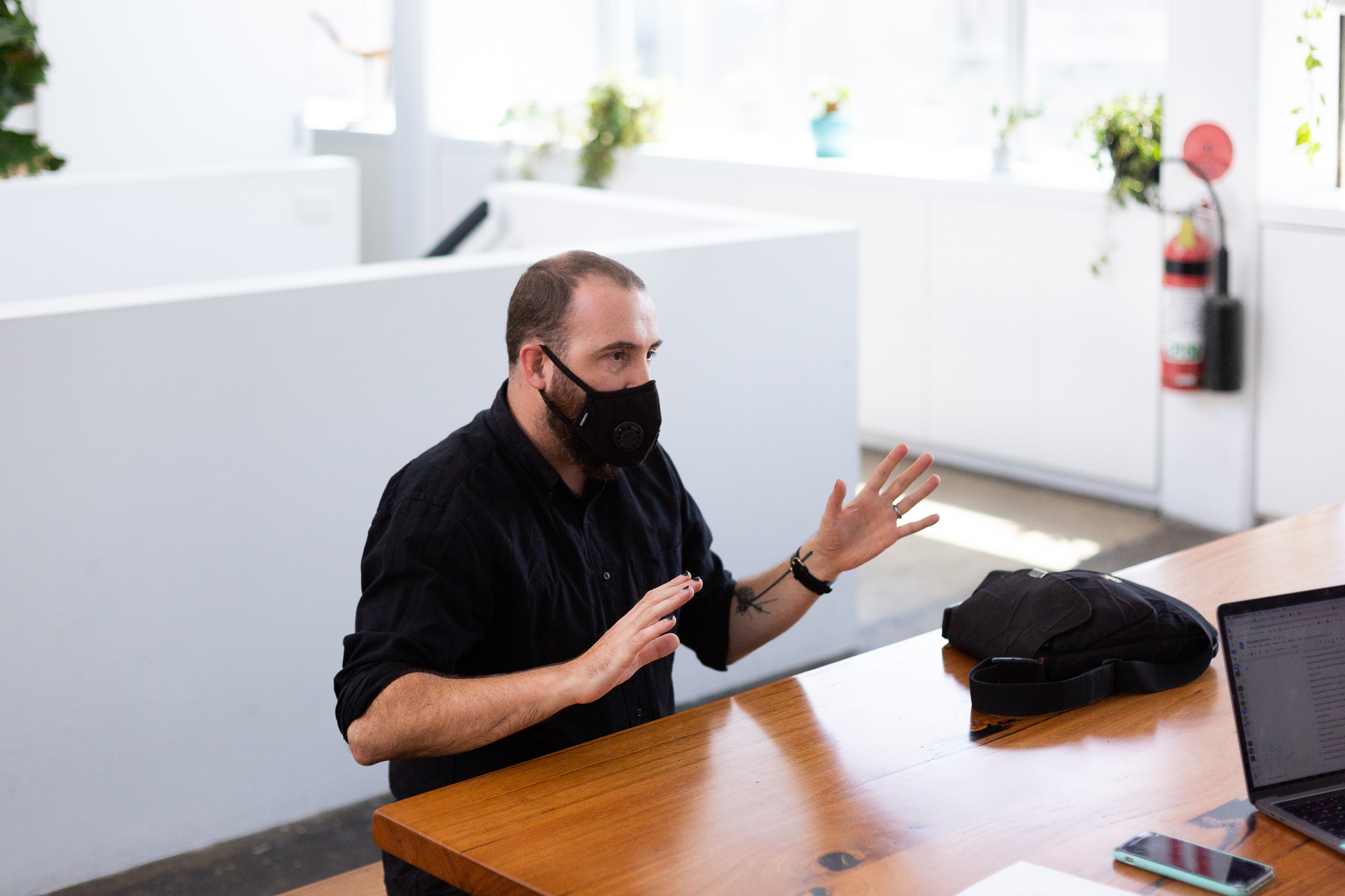
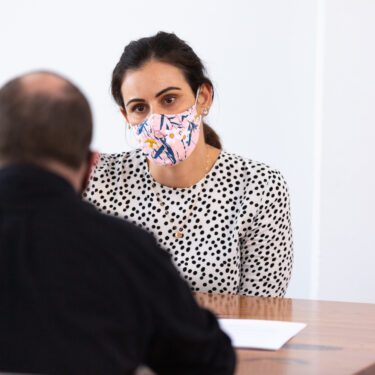
Getting young people with lived experience to participate in the design of policy and programs that impact them is an important process for you and your team. Can you tell me more about this within the context of the work you do?
Before working with Today, our Map Your Future workshops with young people were usually delivered in schools. Our workshops are about getting disabled young people to be aware of goals that they might want to set, living their lives, setting themselves up to leave school and live independently, but within the context of it being accessible.
We’d make that language plain and simple, which helped lots of people including those with intellectual disabilities. We’d talk about the realities of having a disability, and then having to work with your parents or your family, and then the broader world and the access issues that would come up. And a lot of that is driven towards informing your NDIS plan.
Last year we worked with Today to turn these workshops into an online version called Map Your Future ; something that people could do from their own homes, from their beds, if they wanted to.
Co-design was important for the online adaptation because we needed to understand what young people were doing online and how they were consuming information. The process was about bringing young disabled people in from the very, very start, as soon as we could. We knew Map Your Future was something we wanted them to be able to do on their own, ideally. Even for people who might have carers supporting them, we still wanted young people to be able to do it themselves if they could.
And so our first step was to get them all in and start drawing what they thought a website could look like and understanding what sort of information was important to them. This gave us some really good ideas of how they saw the world, how they consume information, and how it sticks in their head as well.
We took these learnings and started building out the first iterations of the site itself and what it might look like. It was really important that the first step happened as early as possible, so we didn’t have any heavy preconceived notions of the site. Young people influenced the site first, then we designed based on what they said, in combination with our expertise as youth and disability workers and Today’s expertise in building functional and accessible sites.
Once we had a good draft, we took it back to the groups of young people we first reached out to and asked them what they thought. We were able to test the navigation we were thinking of using, ask if the placement of content was correct, or if they expected things to be in different places and so on.
And that’s always an interesting process because the whole point of it is that you make assumptions, but you’re not the user. I’m not young anymore, I’m 36 and I don’t have the same types of disabilities as all the other people that we spoke to. I’ve got a chronic condition called cystic fibrosis, but that doesn’t affect my brain. I’m neuro-typical, so an autistic person’s going to have a very different perspective.
How much did the online version differ from the in-person one with the finished product?
I think it’s completely different. The first versions were just PowerPoints that were presented to people in a room. The format is different and the content itself has changed from the original. The co-design process made us rethink the content and there’s more of it on Map You Future now than there was in-person. What we learnt is being applied back to the workshops.
We knew we wanted young people to feel like they were still in that classroom, or group, or peer environment. The downside of doing it in your room at home is that you’re not surrounded by other ideas and opinions. That’s the good part of a workshop. So we shot videos that had groups of young disabled people discussing the topics together so it feels like you’re in there with them.
That content didn’t exist at all and it will help stimulate the discussion in workshops too. When you start a workshop, it’s a bit awkward at first because people aren’t answering questions. So we can show these new videos and it at least gets people thinking. They might strongly disagree with a person, but that’s good because the whole point is, “What’s your goal? What do you want to achieve in your life?”
Making the website has evolved the whole physical space workshop and has given us many more ways to engage through different formats.
I think another thing is the function. A parent, carer or teacher can now sit down and do this with their young person. Whereas before, we had to deliver it as a workshop, we needed our expertise. But we’ve done a really good job of translating that expertise onto the site, which means that more people can do it.
Making the website has evolved the whole physical space workshop and has given us many more ways to engage through different formats.
Simon Green
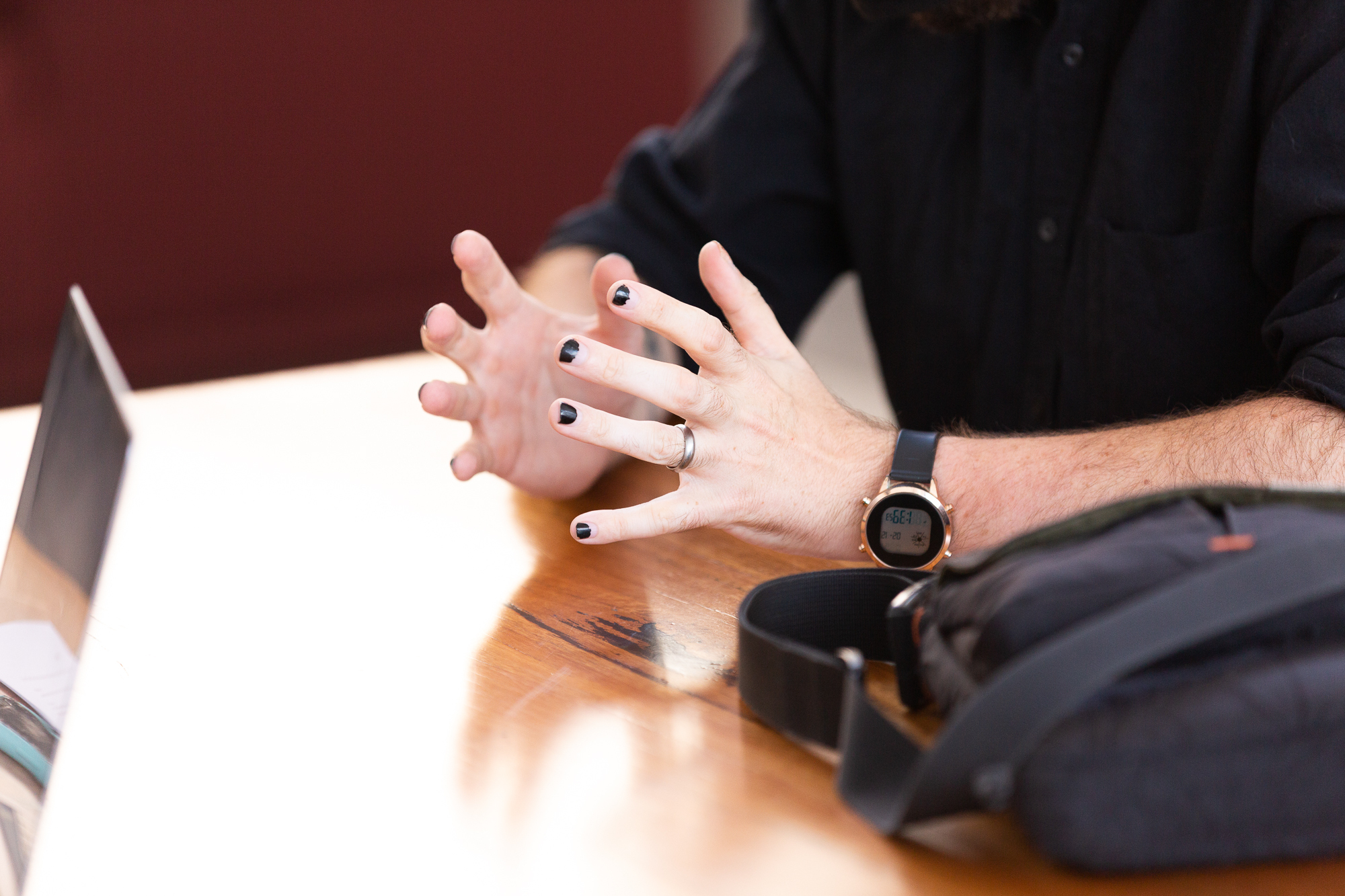

Will YDAS now be offering to do the workshops online or in person?
Yes. COVID showed that the world could be way more accessible when it’s forced to be. A lot of people have always asked to use online video at school and at work, and the world’s been pretty crappy about allowing that. Now suddenly, magically everyone could do it really quickly.
I think we’re going to have to really push people to keep doing that. Just because they’ve been exposed to it doesn’t mean they’ll keep doing it. And you already hear a lot of people saying, “I can’t wait to go back to how it was.”
We’re definitely providing Map Your Future online and in person. I run a leadership program for young disabled people , we’re running that online and in person—when we can go back to in person. And we also run Together Training , which is training for the youth sector to learn how to work with disabled young people. That’s been run as a hybrid sometimes as well.
Beata and I attended the Zoom launch for Map Your Future, which we thought was a beautiful way to wrap up the project, and a great opportunity to hear the people with lived experience tell their stories on how the program has helped them. Can you share any outcomes you’ve witnessed post launch?
I think all the young people that came and joined us in co-design have stayed on doing other things with YDAS as well. It was very nice because as an organisation, you have a community of people that maybe come a lot to the stuff that you do. We used Map Your Future to reach out to new young people who maybe had never heard of us before. Map Your Future is supposed to be for anyone. It’s not about someone who’s an advocate. It’s not about someone who’s a really strong politically motivated young person. It’s just anyone.
Some really lovely young people joined us, and we’ve seen them over and over again since with all the other stuff that we do. We know that some of them are using the tool, and some of them have told us that they’re using it with their parents, or their are parents sending in emails to tell us how much it’s been beneficial, particularly the section on disability pride.
The section on disability pride was new, it wasn’t in the old workshop. And some of the feedback we’ve received is that most people are saying they didn’t realise they were a part of a community until they started seeing this section. And when they learn about what pride is supposed to mean, they realised that they could feel good.
They maybe don’t always feel good about the impairment that causes their disability, but they feel proud about being in the community. From doing the online workshop and learning about pride and hearing a bunch of other young people talk about their pride, we’re hearing people say, “Oh, I think I feel proud as well. This is great.” So then they follow that up by coming and joining more of the stuff that we do, because that’s the community, they’re in the community now.
Some of the feedback we got internally when people were reviewing the tool, was that they loved that it led with disability pride, because it was such a positive way to go into the process.
That’s true. I think their past experience has been that disability is this negative thing, that they’re supposed to feel bad about and overcome. And for us, it’s just something that you have, that’s a part of you, and you can be proud of it if you like.
So it’s helping to reframe the way they think about it, but also the way everyone else thinks about it.
Yeah. It can be disabling doing your NDIS plan. It asks you to think about what you can’t do, and that really puts the impairment side of your disability front of mind.
So that’s why we think more in terms of, “Don’t even think about what you can’t do. Think about what want to do, and then just put down what we need to get there.”
That’s what I think pride does for people. It puts them in that positive mindset. So when we say goal setting, “Oh cool, I’ll just set goals for myself. I won’t think of what I can’t do.”
The section on disability pride was new, it wasn’t in the old workshop. And some of the feedback we’ve received is that most people are saying they didn’t realise they were a part of a community until they started seeing this section. And when they learn about what pride is supposed to mean, they realised that they could feel good.
Simon Green
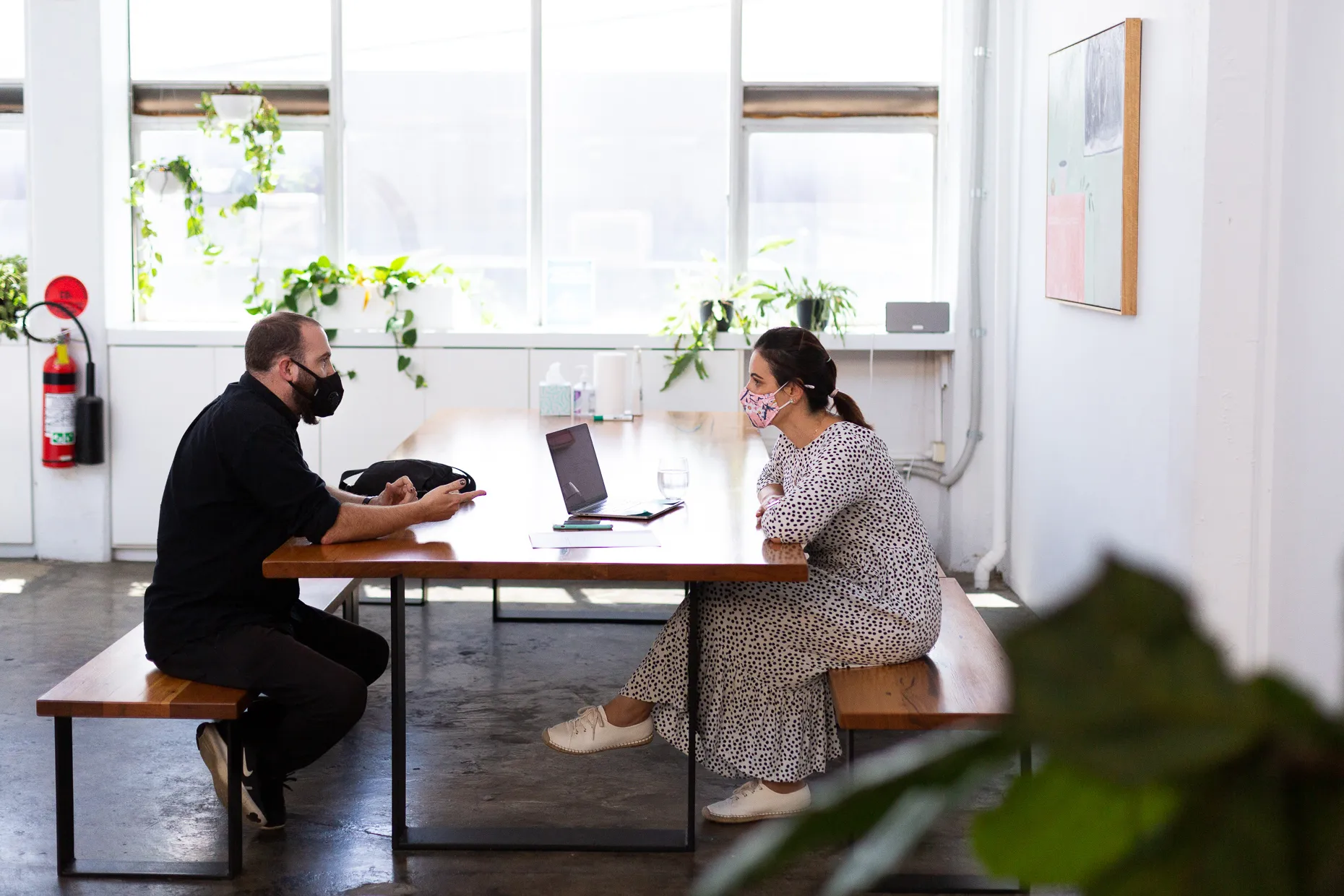
Can you tell us about any particular stories that you’ve encountered in the journey?
There’s a young man—he wasn’t part of the co-design—he was doing the Young Leaders Program. I told him we were making Map Your Future because I thought it would be great for him. He’d always call and ask, “Is that Map Your Future thing ready yet? When can I get Map Your Future? Are you emailing it to me?” And I’d say, “Oh, not yet, maybe next month.” And then COVID would delay it.
When we finally launched and I could send him the link to it, and he jumped on it and started doing it straight away. That was a very nice feeling because he’d really been looking forward to it, and now he’s doing it, slowly but surely.
How has the pandemic impacted the young people with disabilities that you’re advocating for?
You and I were talking about how we’ve been feeling about it. And you don’t think about it at the time, but then when you’re starting to feel better, you feel how stressful it was. And when I ask them about it, it’s stress. It’s this kind of underlying stress that can’t go anywhere. It’s unresolvable stress. I think that’s making them feel very anxious too.
It’s usually stress like, “I can’t see my friends. I can’t go out like I’d like to. I’m feeling really bored or lonely.” Even if they could talk to their friends online, they’re not because they’re not feeling motivated. There’s depression that comes over. And then with depression, you don’t do the things you know you should do for yourself.
There was one young person who was inside the boundary of Greater Melbourne, but their school was on the other side of it. So all their friends were free and out having fun. And he could see all of his friends having fun online, but he couldn’t go to school, so he would just hear about everything.
I think all of them were troopers, just going about getting through it. But we know that it’s a bit of a mask for how terrible they were feeling.
Doing our programs and the Map Your Future work is a way to connect with other people. So it’s been nice for them to do it and to help them feel less trapped.
What sort of obstacles are you facing when it comes to getting young people more involved in co-design?
If you’re ever trying to involve any sub-culture or group of people, I think the thing that a lot of people miss is you got to go find them. You really got to go out of your way. If you’re trying to hire more disabled people, you can’t just put the ad out in all the same places you’ve always done that didn’t work, and then be like, “They didn’t show up.” You got to go and find them and be really proactive about it.
Thanks for taking the time to talk to me today. I’m looking forward to what we do next.
Thank you for your help, and running the program so well.
